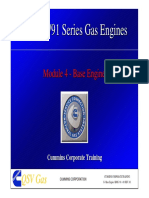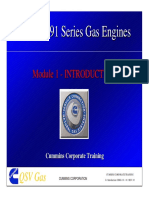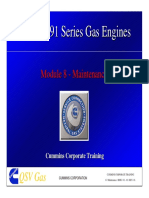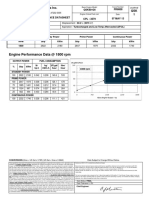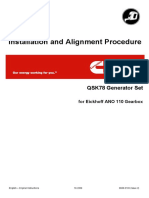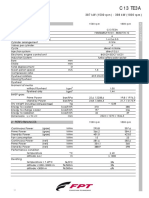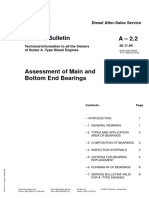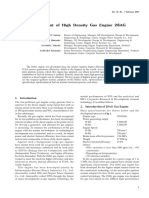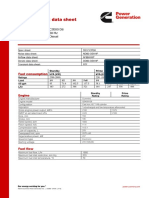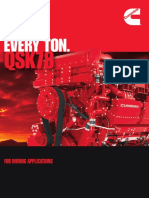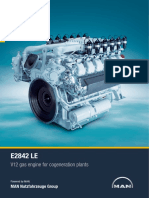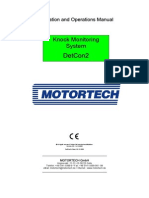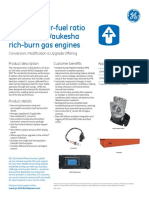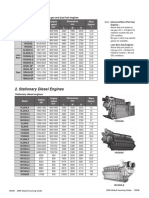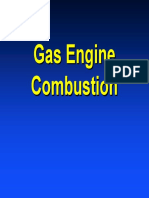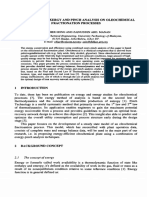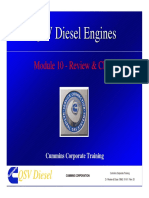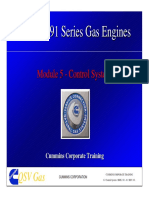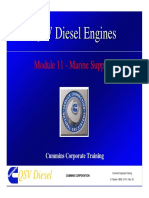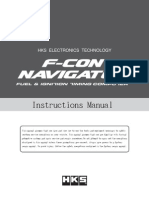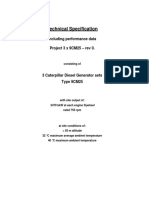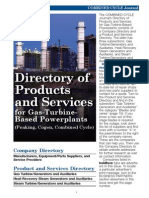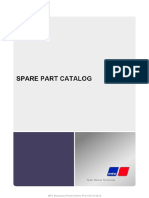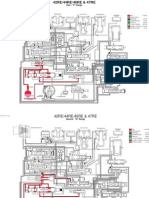0% found this document useful (0 votes)
148 views24 pagesModule 2 - Tech
The document discusses gas engine technology, covering topics such as gas engine types including Otto, dual fuel, and gas diesel engines. It defines key terminology like stoichiometric combustion and explains the Otto working cycle and factors that influence combustion like air to fuel ratio, knock, pre-ignition, and detonation.
Uploaded by
William RuizCopyright
© © All Rights Reserved
We take content rights seriously. If you suspect this is your content, claim it here.
Available Formats
Download as PDF, TXT or read online on Scribd
0% found this document useful (0 votes)
148 views24 pagesModule 2 - Tech
The document discusses gas engine technology, covering topics such as gas engine types including Otto, dual fuel, and gas diesel engines. It defines key terminology like stoichiometric combustion and explains the Otto working cycle and factors that influence combustion like air to fuel ratio, knock, pre-ignition, and detonation.
Uploaded by
William RuizCopyright
© © All Rights Reserved
We take content rights seriously. If you suspect this is your content, claim it here.
Available Formats
Download as PDF, TXT or read online on Scribd
/ 24
